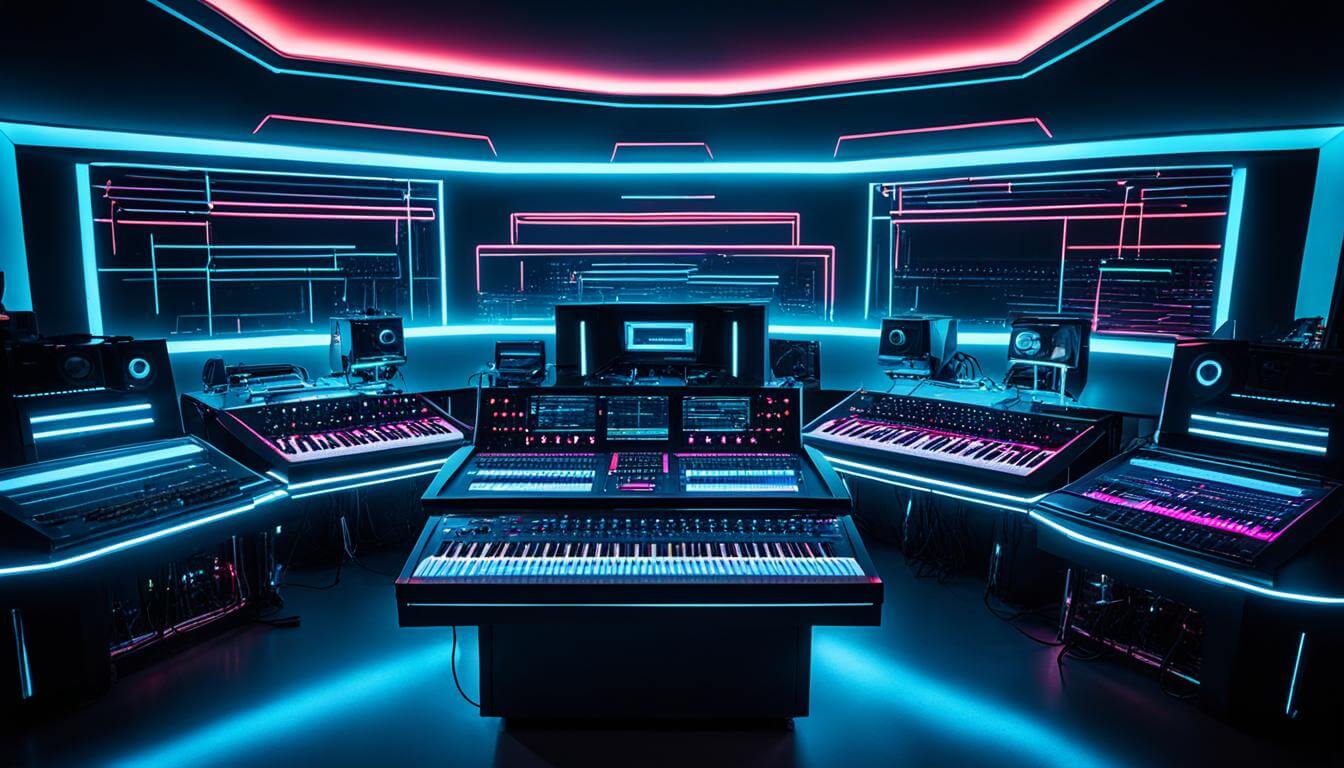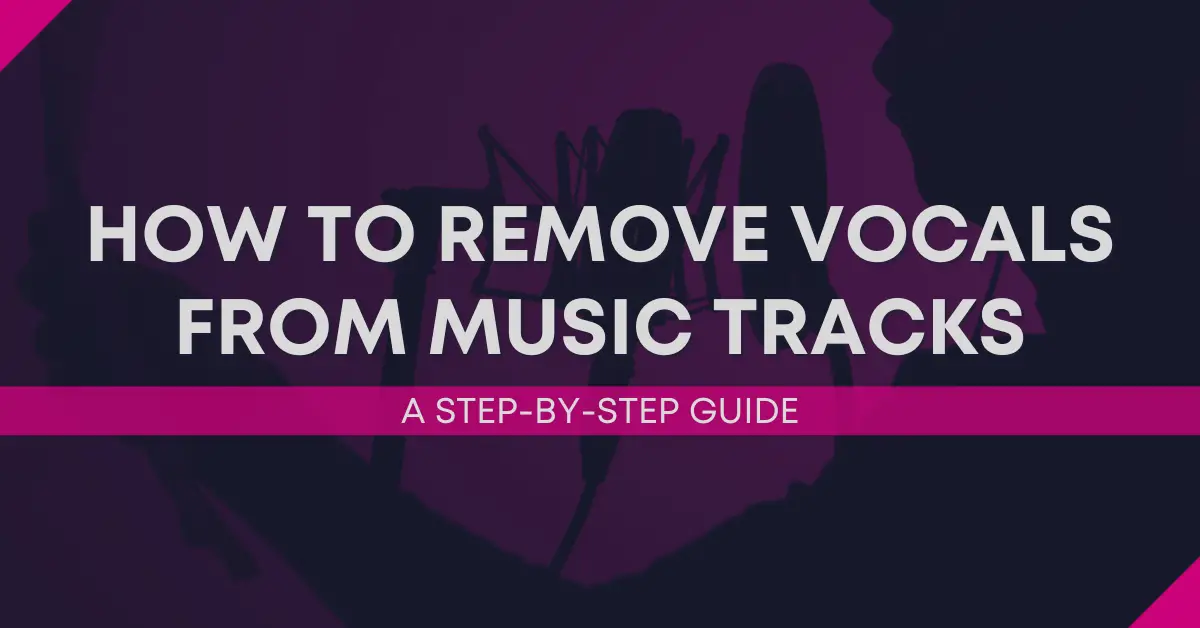When it comes to voice manipulation, there are no other tools more iconic than the vocoder and the talkbox. Throughout the years they have shaped the sounds of music in ways we never imagined. These devices transform the human voice, blending it with instruments to create something unique. Whether it's the robotic harmonies of Daft Punk or the distinctive talkbox guitar of Peter Frampton, these tools have left a lasting impact on music.



